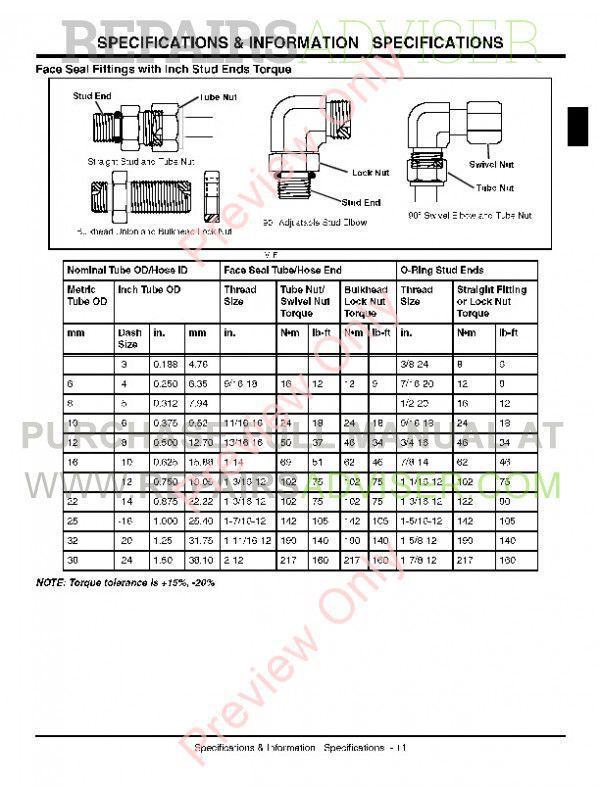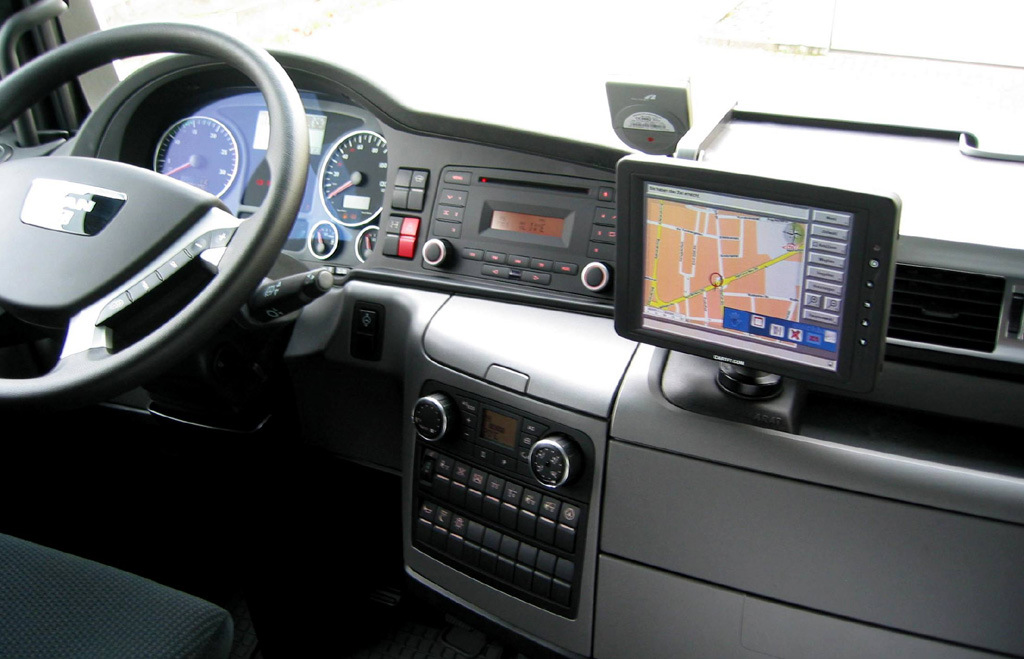- 'OSXFUSE' is the disk image containing the official distribution of fundamental 'FUSE for OS X ' software.You can use the provided APIs to develop numerous types of file systems, whose content can come from a local disk, from across the network, from memory, or any other source.
- This (very simple) page is the home for Fuse for macOS - a port of the UNIX ZX Spectrum emulator Fuse to macOS. The intention is that the emulator will be integrated into the macOS platform and over time take advantage of as many macOS features as make sense.
Filesystem in Userspace, also known as FUSE, is the original name for this Unix tool that lets a user without user privileges to create a virtual file system within any application. The combined use of MacFuse with other programs lets you carry out tasks that, up till now, were not allowed on Mac OS X, such as, for example: to write on a NTFS. FUSE extends macOS by adding support for user space file systems macos fuse file-system user-space Shell 421 6,236 106 (3 issues need help) 0 Updated Jul 4, 2020.

There's a handy tool for Mac users that I rarely see getting use, theSSHFS filesystem. SSHFS is aFUSEfilesystem uses theSSH File Transfer Protocol(SFTP) as it's backend. The short of it is that you can mount a remotedirectory on your local machine with nothing more than SSH access.
FUSE is the Filesystem in Userspace, a operating system extensionthat allows non-root users to create mountable filesystems. FUSE isavailable for most UNIX-like operating systems, including OS X.
Installation
The first step to using SSHFS is to installFUSE for OS X (There's a prior versioncalled MacFUSE, you don't want that). Once installed, reboot your Mac.
By itself, FUSE for OS X doesn't do much, it provides the layer foruserspace filesystems, but no filesystems itself, sodownload (found on the FfOSX page) andinstall SSHFS as well.
Mounting
Now that you have SSHFS installed, you can create a local SFTP backedvolume with the sshfs command.
First you need a directory that you can mount the filesystem on:
Stalker for mac os torrents. Then run sshfs:
The first option is the remote path, it can contain a username as welli.e. alice@server.example.com:/var/www. Because SSHFS uses SSH under thehood, your ~/.ssh/config settings are honored. Whatever ssh*something* does will apply to sshfs *something*:path. You canalso leave of the path to the remote home directory i.e sshfsserver.example.com: ..
When you are done, you can unmount the filesystem with:
Or ejected it in the Finder.
Options


-o defer_permissions is important! The default behavior is use thenormal system of checking UIDs for file access. Unless you have the same UIDon both your Mac and the remote system, this is probably not going towork. defer_permissions let's the remote system handle permissionchecks, if you can access a file on the server, you will be to accessit locally. If you're the kind of person who make sure that your UIDsare the same everywhere, then you need help, but you don't needdefer_permissions.
-o volname=Server sets the name that the volume will have in theFinder. Otherwise it's called something like OSXFUSE Volume 0 (sshfs)
Mount Location
Where you mount it matters as that's where the drive icon willappear. In the above example, I create the local mount point in theDesktop folder, which makes the drive appear on the Desktop whenmounted. The downside of that, is then when the drive is not mounted,you have an empty folder that appear on the Desktop.
Another popular approach is to mount it in /Volumes, where OS Xtraditionally mounts drives.
The OS will automatically remove the directory when you unmount,you'll need to create it each time, but you won't need to clean it up.

Mac Fuse For Os X 10.8
Wherever you mount it, the drive icon will always appear in the Finderunder Devices -> Your Computer. And, of course, if you're usingcommand line, the drive icon is pretty much a non-issue.
Sharing with Others
By default, the file system is only visible to the person that mountedit. To allow other users to see it you can add -o allow_other to thecommand line. This can be a little dangerous when combined withdefer_permissions as everyone will have the permissions of theaccount that was used for the SSH connection. Use this option with care.
Workflow
As I've previously written, myperfered workflow for uploading to servers is to use a combination ofMake/Rake and rsync. What I really like SSHFS for is browsing. Usingthe Finder I can open a folder and use the Quick Look feature to, say,search through a directory of images.
However, you can just as easily read and write files on the serverthrough SSHFS, allowing you to apply your favor desktop tools to theremote files.
Additional Filesystem
There are wide variety of filesystems for FUSE, but unfortunately,most of them have not been ported to OS X. My favorite, conceptuallyanyway, I haven't used it, isPNGDrive, a file system thatautomatically hides data in PNG files usingSteganography
Mac Fuse For Os X64
In terms of file systems that actually work under OS X, there's alist here:
The most useful are probably:

There's a handy tool for Mac users that I rarely see getting use, theSSHFS filesystem. SSHFS is aFUSEfilesystem uses theSSH File Transfer Protocol(SFTP) as it's backend. The short of it is that you can mount a remotedirectory on your local machine with nothing more than SSH access.
FUSE is the Filesystem in Userspace, a operating system extensionthat allows non-root users to create mountable filesystems. FUSE isavailable for most UNIX-like operating systems, including OS X.
Installation
The first step to using SSHFS is to installFUSE for OS X (There's a prior versioncalled MacFUSE, you don't want that). Once installed, reboot your Mac.
By itself, FUSE for OS X doesn't do much, it provides the layer foruserspace filesystems, but no filesystems itself, sodownload (found on the FfOSX page) andinstall SSHFS as well.
Mounting
Now that you have SSHFS installed, you can create a local SFTP backedvolume with the sshfs command.
First you need a directory that you can mount the filesystem on:
Stalker for mac os torrents. Then run sshfs:
The first option is the remote path, it can contain a username as welli.e. alice@server.example.com:/var/www. Because SSHFS uses SSH under thehood, your ~/.ssh/config settings are honored. Whatever ssh*something* does will apply to sshfs *something*:path. You canalso leave of the path to the remote home directory i.e sshfsserver.example.com: ..
When you are done, you can unmount the filesystem with:
Or ejected it in the Finder.
Options
-o defer_permissions is important! The default behavior is use thenormal system of checking UIDs for file access. Unless you have the same UIDon both your Mac and the remote system, this is probably not going towork. defer_permissions let's the remote system handle permissionchecks, if you can access a file on the server, you will be to accessit locally. If you're the kind of person who make sure that your UIDsare the same everywhere, then you need help, but you don't needdefer_permissions.
-o volname=Server sets the name that the volume will have in theFinder. Otherwise it's called something like OSXFUSE Volume 0 (sshfs)
Mount Location
Where you mount it matters as that's where the drive icon willappear. In the above example, I create the local mount point in theDesktop folder, which makes the drive appear on the Desktop whenmounted. The downside of that, is then when the drive is not mounted,you have an empty folder that appear on the Desktop.
Another popular approach is to mount it in /Volumes, where OS Xtraditionally mounts drives.
The OS will automatically remove the directory when you unmount,you'll need to create it each time, but you won't need to clean it up.
Mac Fuse For Os X 10.8
Wherever you mount it, the drive icon will always appear in the Finderunder Devices -> Your Computer. And, of course, if you're usingcommand line, the drive icon is pretty much a non-issue.
Sharing with Others
By default, the file system is only visible to the person that mountedit. To allow other users to see it you can add -o allow_other to thecommand line. This can be a little dangerous when combined withdefer_permissions as everyone will have the permissions of theaccount that was used for the SSH connection. Use this option with care.
Workflow
As I've previously written, myperfered workflow for uploading to servers is to use a combination ofMake/Rake and rsync. What I really like SSHFS for is browsing. Usingthe Finder I can open a folder and use the Quick Look feature to, say,search through a directory of images.
However, you can just as easily read and write files on the serverthrough SSHFS, allowing you to apply your favor desktop tools to theremote files.
Additional Filesystem
There are wide variety of filesystems for FUSE, but unfortunately,most of them have not been ported to OS X. My favorite, conceptuallyanyway, I haven't used it, isPNGDrive, a file system thatautomatically hides data in PNG files usingSteganography
Mac Fuse For Os X64
In terms of file systems that actually work under OS X, there's alist here:
The most useful are probably:
fuse-ext2 which allowsyou to mount ext2, ext3, and ext4 devices and images on your Mac andNTFS-3G for NTFS.
